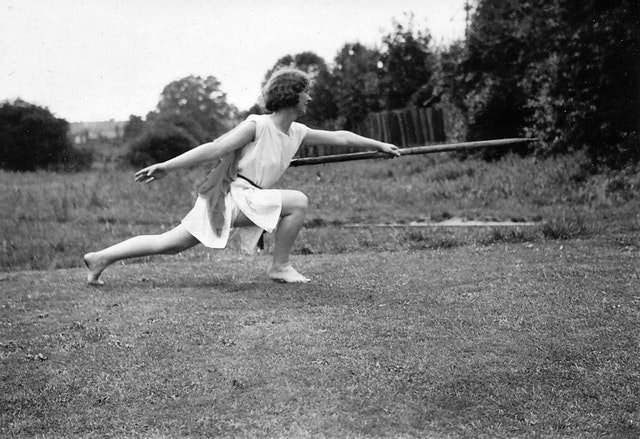The javelin throw is one of the more unique sports to grace the fields at the Olympics. This sport, which is not normally celebrated as other more mainstream athletics are, stems from an interesting history, making it one of the earliest sports in the world. In ancient times, the javelin throw was a popular event inviting spectators to cheer on the strong and mighty athletes.
History of the Javelin Throw
The javelin, in ancient times, was traditionally used as a spear, both in hunting and warfare. Upon realizing its potential for recreational use, the Ancient Greeks began using it as a sport, eventually incorporating it into the 708BC Olympic Games as part of the pentathlon. This sparked the foundational formation of the modern sport we know today as the javelin throw. As hundreds of years passed by, the sport continued to stay in existence, although it is now overshadowed by many of the modern high-adrenaline sports of the modern world. Nevertheless, the iconic sport was introduced as a part of the modern Olympic Games we know today, first with male competitors in 1908 and adding on female competitors in 1932.
In 1986, the men’s javelin encountered a modification when the center of gravity shifted forward four centimeters. This was able to reduce throwing distances, as there were many valid concerns that the stadiums would not provide enough room for the javelin to be thrown, especially with the record-breaking throw by Uwe Hohn in 1984. While athletes’ talents were progressing, space-limited stadiums were not able to progress in the same way, calling for a change in the sport. In 1999, the same change was made for the women’s javelin.
In recent decades, we have seen athletes breaking barriers in the javelin throw and proving their agility in the sport. Holding the world records in their competitive categories are Jan Zelezny and Barbora Spotakova.
A Look at Modern-Day Javelin Throwing
Since the sport’s introduction to the Olympic Games in the 1900s, it has continued to attract wildly talented athletes and impress onlookers with its unique nature. Nowadays, it is part of the track and fields events in the Summer Olympics. In order to properly prepare for this distinctive sport, athletes must undergo specialized training, specifically in learning how to utilize arm and muscle movements to achieve stellar results. Despite it not being as popular as sports such as football, javelin throwing is a timeless activity appealing to the most agile of athletes.
